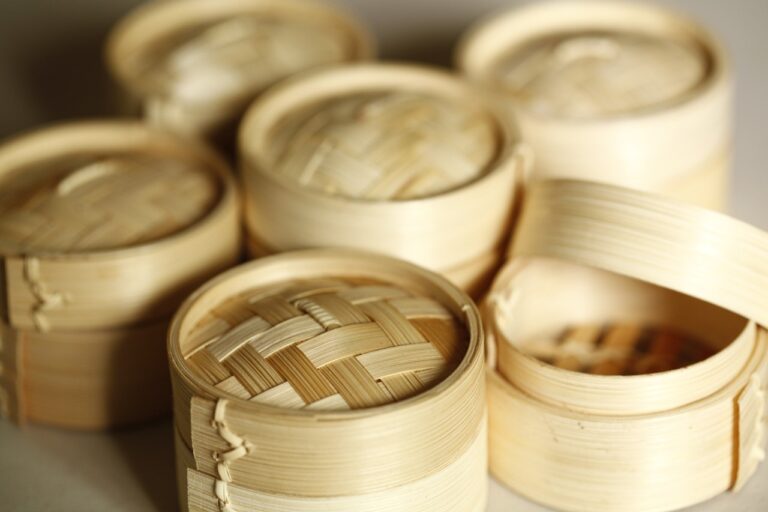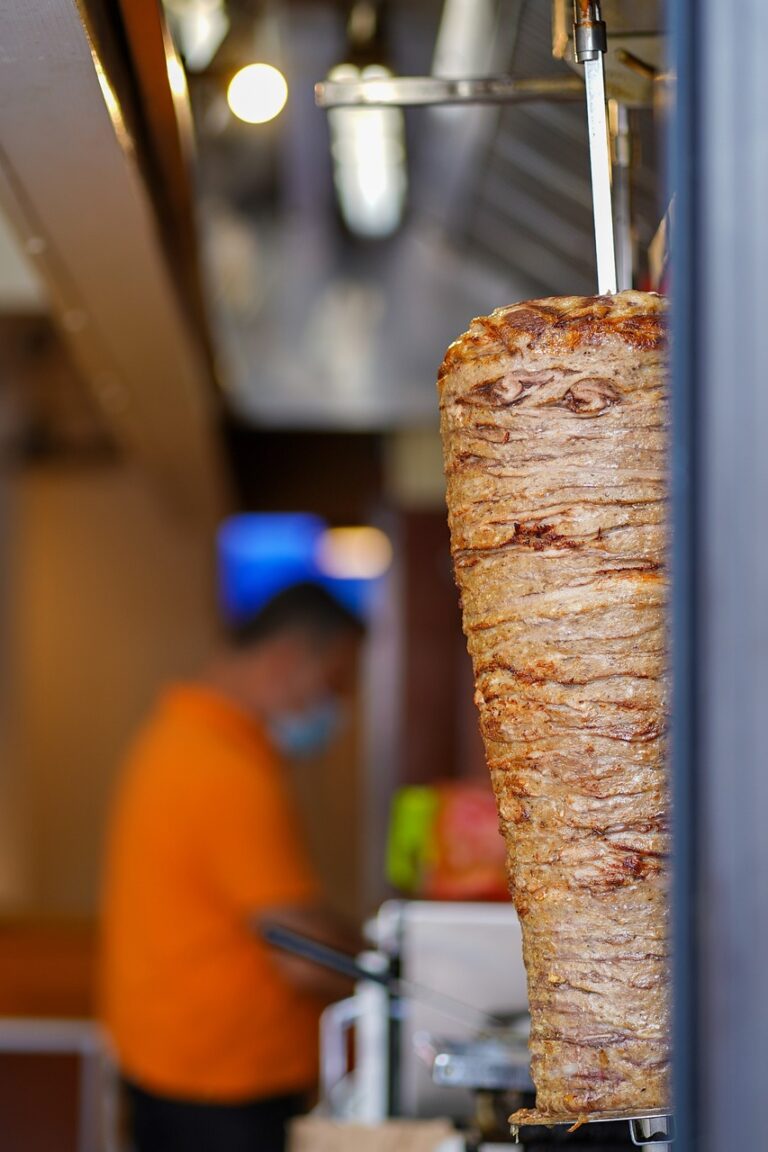7 Charcoal Grilling Tips to Boost Your BBQ Skills
Transform your grilling with these tips: Use lump charcoal for high heat, briquettes for longer cooks, and master lighting techniques for consistent results.

Mastering charcoal grilling transforms your cookouts from ordinary to extraordinary. Discover essential tips that’ll elevate your grilling game to new heights.
Disclosure: As an Amazon Associate, this site earns from qualifying purchases. Thank you!
Understanding Charcoal Types

Lump Charcoal vs. Briquettes
Lump charcoal burns hotter and faster, offering a more natural, wood-fired flavor. It’s ideal for quick, high-heat grilling. Briquettes burn longer and more steadily, making them perfect for low-and-slow cooking. They’re more consistent but can contain additives.
Choosing the Right Charcoal for Different Foods
Use lump charcoal for steaks and burgers where you want high heat. Opt for briquettes for ribs and brisket that require longer cooking times. For a mild, smoky flavor, choose lump charcoal. For consistency, even heat, go with briquettes.
Setting Up Your Charcoal Grill

To achieve great results, it’s crucial to set up your charcoal grill properly. Here are some key steps.
Choosing the Right Location
- Pick a Flat Surface: Ensure your grill is on a stable, flat surface to prevent tipping.
- Stay Wind-Protected: Choose a spot shielded from strong winds to maintain consistent heat.
- Distance from Walls: Keep your grill at least 10 feet away from any structures to avoid fire hazards.
- Adequate Ventilation: Make sure the area is well-ventilated for safety and performance.
Preparation Steps
- Check Equipment: Inspect your grill for damage or wear, especially the grate and vents.
- Clean the Grill: Remove ash and leftover char from previous grilling sessions.
- Fire-Extinguishing Tools: Have a fire extinguisher or bucket of sand nearby in case of flare-ups.
- Proper Lighting Techniques: Use a chimney starter or electric lighter, avoiding lighter fluid to prevent chemical flavors.
By following these steps, you’ll create an optimal and safe environment for your charcoal grilling.
Mastering Charcoal Lighting Techniques

Perfecting your lighting techniques is crucial to achieving consistent, tasty results on your charcoal grill.
Using a Chimney Starter
- Load the chimney starter with charcoal. Fill from the bottom to the top.
- Stuff newspaper at the base. Ensure air can circulate.
- Light the newspaper. Let flames ignite the bottom coals.
- Wait until the coals are ash-gray. This usually takes about 15-20 minutes.
- Dump the hot coals into the grill. Spread evenly for uniform heat.
Using Lighter Fluid
- Use only charcoal-specific lighter fluid. Other types can be toxic.
- Apply lighter fluid sparingly. Saturate the coals, not drown them.
- Wait for a few minutes before lighting. Let the fluid soak in.
- Light the coals carefully. Avoid standing too close.
- Don’t add more fluid after ignition. It can cause flare-ups.
- Avoid heavily flavored foods as they can absorb fluid odors.
Controlling the Heat

Mastering heat control is key to perfecting your charcoal grilling techniques.
Adjusting Airflow
- Open Vents for High Heat: Keep the bottom and top vents fully open to maximize airflow and achieve higher temperatures.
- Close Vents for Low Heat: Close the vents partially for lower, more controlled temperatures suitable for slower cooking.
- Fine-Tune During Cooking: Adjust vents as needed during cooking to maintain steady heat, using a grill thermometer for accuracy.
Heat Management Techniques
- Two-Zone Fire Method: Place coals on one side of the grill for direct, high-heat cooking and leave the other side cool for indirect cooking.
- Spread for Even Heat: Spread a single layer of coals evenly across the grill for consistent heat, ideal for grilling multiple items at once.
- Banking Coals: Bank coals against one side for roasting large cuts of meat, allowing you to sear first and then slow cook.
Advanced Charcoal Grilling Tips

Direct vs. Indirect Grilling
Mastering direct and indirect grilling techniques elevates your cooking game. Direct grilling means placing food right over the coals for high heat and quick searing. Great for steaks and burgers, direct grilling gives a nice char. Indirect grilling involves placing food away from the coals and using low heat for slow cooking. Perfect for larger cuts like roasts and whole chickens, this method prevents burning and ensures even cooking.
Managing Flare-Ups
Managing flare-ups is crucial for consistent grilling. Flare-ups happen when fat drips onto coals, causing sudden flames. Keep a spray bottle of water handy to tame small flames quickly. Avoid over-oiling food and trim excess fat to reduce flare-ups. Move food to a cooler zone if flames get too intense, using a two-zone setup to control cooking temperatures.
Maintenance and Cleaning
Proper maintenance keeps your charcoal grill in top condition.
Cleaning the Grill After Use
- Scrape the Grates: Use a grill brush or scraper to remove food debris from the grates while they’re still warm. It makes cleaning easier.
- Empty Ashes: Once cool, empty the ash catcher. Ash buildup restricts airflow and affects grill performance.
- Clean the Inside: Use soapy water and a sponge to clean the grill’s interior. Remove soot and grease to prevent flare-ups.
- Wipe Down the Exterior: A damp cloth helps keep the exterior looking good. Regular cleaning prevents rust.
- Oil the Grates: After cleaning, apply a light coat of oil to the grates. It prevents rust and makes future grilling easier.
Regular Maintenance
- Inspect Regularly: Check for rust, cracks, or damage periodically. Address minor issues before they become major problems.
- Cover the Grill: Use a weather-resistant cover to protect the grill from the elements. It extends the grill’s lifespan.
- Store Indoors: If you can, store your grill in a garage or shed during cold months. It helps prevent corrosion and wear.
- Clean Vents: Ensure vents are clear of debris. Proper airflow is essential for optimal performance.
- Check Ash Catcher: Regularly inspect and empty the ash catcher. It ensures better airflow and grill efficiency.
Enhancing Flavor Using Charcoal
Unleash deeper, richer flavors in your grilled dishes by using simple, yet effective techniques.
Using Wood Chips for Added Flavor
Add wood chips for a smoky twist. Soak them in water for 30 minutes, then scatter over the hot coals. Hickory, apple, and mesquite woods impart unique flavors. Use a smoker box or wrap chips in foil if you prefer less mess.
Tips for Marinating Meats
Marinate meats to enhance juiciness and flavor. Combine oil, acid (like lemon or vinegar), and herbs. Marinate in the fridge for at least 30 minutes, but no more than 24 hours for most meats. Avoid over-marinating as it can break down the meat fibers, making them mushy.
Frequently Asked Questions
What are the differences between lump charcoal and briquettes?
Lump charcoal burns hotter and faster, adding a smoky flavor but requiring more frequent replenishment. Briquettes burn longer and more consistently, making them ideal for longer grilling sessions.
How do I properly set up my charcoal grill?
Start by cleaning the grill grates. Arrange charcoal in a pyramid shape if using the traditional method, or use a two-zone setup for more control. Light the charcoal with a chimney starter for an even burn.
How can I control the heat on my charcoal grill?
Control the heat by adjusting the air vents on your grill. Opening the vents increases airflow and raises the temperature while closing them reduces airflow and cools the grill.
What is the two-zone fire method?
The two-zone fire method involves arranging charcoal on one side of the grill to create two heat zones: direct heat for searing and indirect heat for slower cooking.
How does using wood chips enhance the flavor of grilled food?
Wood chips add a smoky flavor to your grilled food. Soak the chips in water before adding them to the coals to produce smoke and enhance the aroma and taste of your dishes.
How does marinating meat improve grilling results?
Marinating meat adds flavor and helps keep it juicy during grilling. The marinade’s acidic components also tenderize the meat, making it more succulent and flavorful.
Why should I use a chimney starter to light charcoal?
A chimney starter allows for a more efficient and even lighting process without the need for lighter fluid. It ensures the coals are properly lit and ready for grilling within 15-20 minutes.






